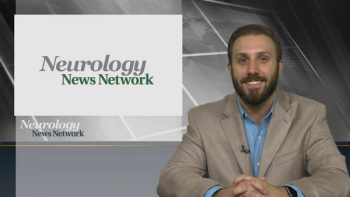
Neurology News Network for the week of September 28, 2018.

Neurology News Network for the week of September 28, 2018.

Safety data for pediatrics was consistent with the safety profile in adult populations, without the need for weight-based dosing.

The Carl F. Asseff Professor of Ophthalmology and the Director of the Visual Sciences Research Center at Case Western Reserve University spoke about the beginnings of her work with efavirenz.
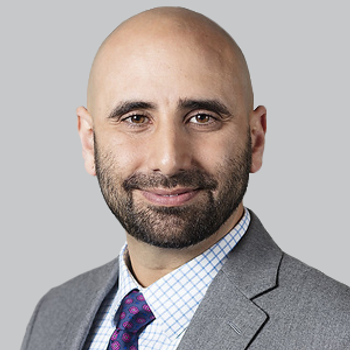
An independent investigation out of UC San Diego has found no statistically significant evidence showing a higher risk of mortality with the therapy compared to quetiapine or combination therapy.

The neurologist and sleep specialist spoke about data from one of many studies investigating solriamfetol for treatment of narcolepsy and obstructive sleep apnea with remaining excessive daytime sleepiness.

The movement disorder specialist in the Henry Ford Health System spoke about the needs for improving treatment and diagnosis of Parkinson disease.

GW Pharmaceuticals stated that it plans to bring the drug to market in the United States in the next 6 weeks.

This approval marks the third of its kind in the calcitonin gene-related peptide inhibitor class, starting with erenumab in May 2018.

Is Tdap vaccination linked to increased ASD risk? A study of over 80,000 children provides insights.

The anti-inflammatory agent is also being explored in progressive MS, with phase II results reading out earlier this year.
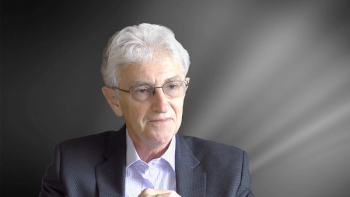
The Jim Turner Chair in Cognitive Disorders at the Vanderbilt University School of Medicine shared his feelings on the early phase treatments.

A retrospective analysis has established clinical distinctions between expressions of juvenile Huntington disease, suggesting a need for a reclassification.

Chylinski spoke about the relationship between the increased number of arousals during sleep and the pathogenesis of Alzheimer disease.

The Director of Cleveland Clinic’s Lou Ruvo Center for Brain Health discussed the importance of clarity in patient identification and assessment.

Stroke survivors with hypertension who are recommended earlier antihypertensive treatment and lifestyle modification may greatly increase their chances of survival.

A pilot study has identified a potential link between obstructive sleep apnea and a higher risk of sudden unexpected death in epilepsy.

The restless leg syndrome expert discussed how general neurologists can best identify and address newly diagnosed patients, as well as what has changed in recent years.
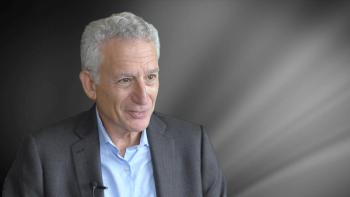
Fillit spoke about remaining need for additional biomarkers in Alzheimer, and what has been developed in recent years.

New research has added to the growing body of research suggesting a wide range of health benefits from light physical activity.

With the planned submission of an IND for the first AAV gene therapy for the rare genetic condition, some experts are wondering if things are moving too quickly.

The psychiatry and pharmacology professor at the University of Toronto and senior scientist at Sunnybrook Research Institute spoke about the use of cannabinoids to treat agitation in Alzheimer.

To err is human; to forgive, divine. Or is it? Research on the brain’s structural anatomy and activity provide insight into the science of forgiveness.

The Director of Cleveland Clinic Lou Ruvo Center for Brain Health spoke about the rapidly changing landscape of treatments for Alzheimer disease.
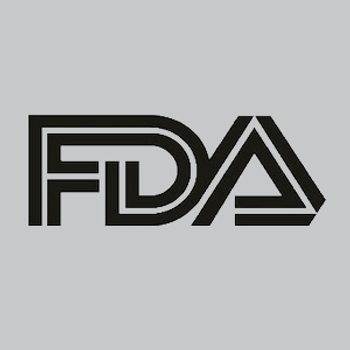
Despite concerns amid reports of deaths and serious adverse events, the FDA has confirmed the safety profile of the therapy has remained consistent.

The Carl F. Asseff Professor of Ophthalmology and the Director of the Visual Sciences Research Center at Case Western Reserve University further discussed the trial of efavirenz in AD.

Silberstein spoke about the new mechanism-based treatments that are revolutionary in changing the treatment landscape of migraine.

The Johns Hopkins Associate Professor spoke about the current therapeutic landscape of restless leg syndrome, an often misdiagnosed disorder.
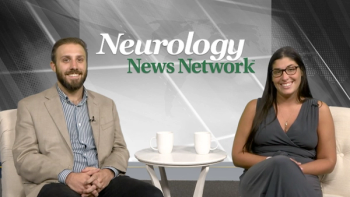
Neurology News Network for the week of September 22, 2018.

While PES has been debated as a successful therapy for post-stroke dysphagia, recent data has suggested it may be efficacious.

For the associate professor of neurology, learning, listening, and collaborating are the keys to improving the field of care.